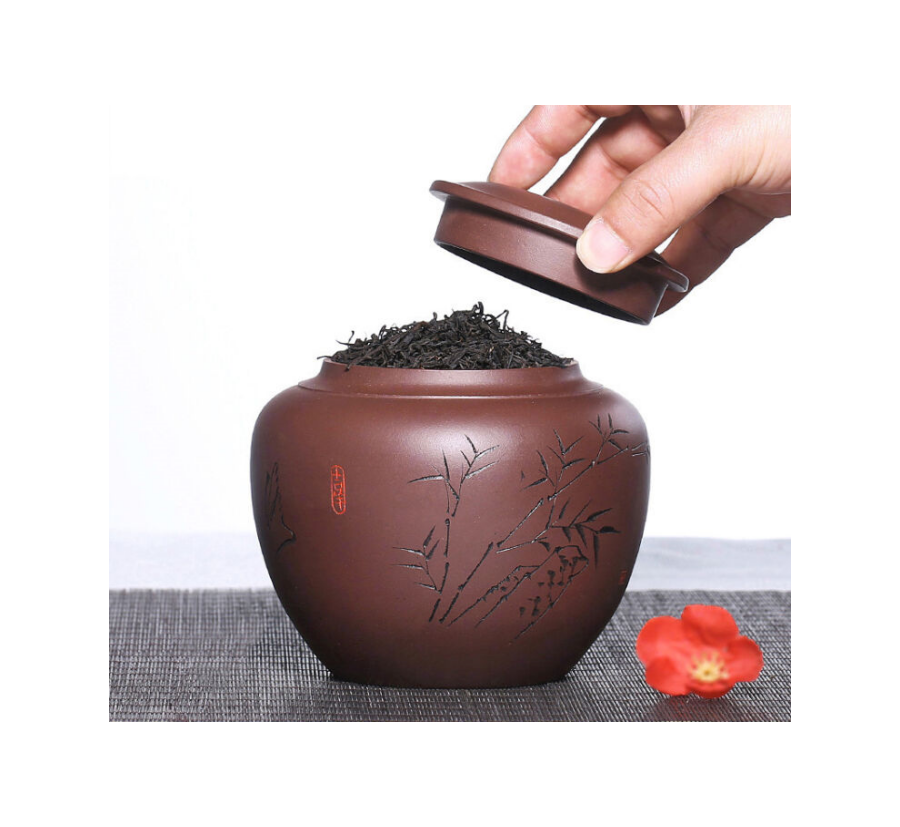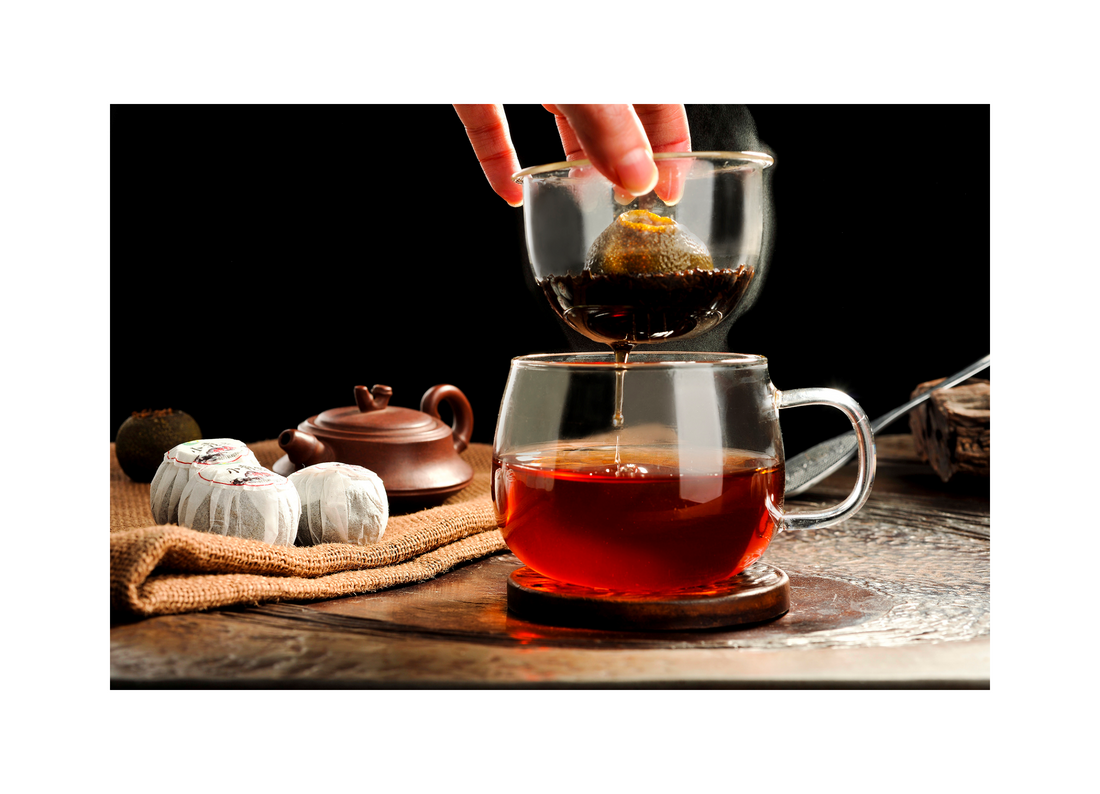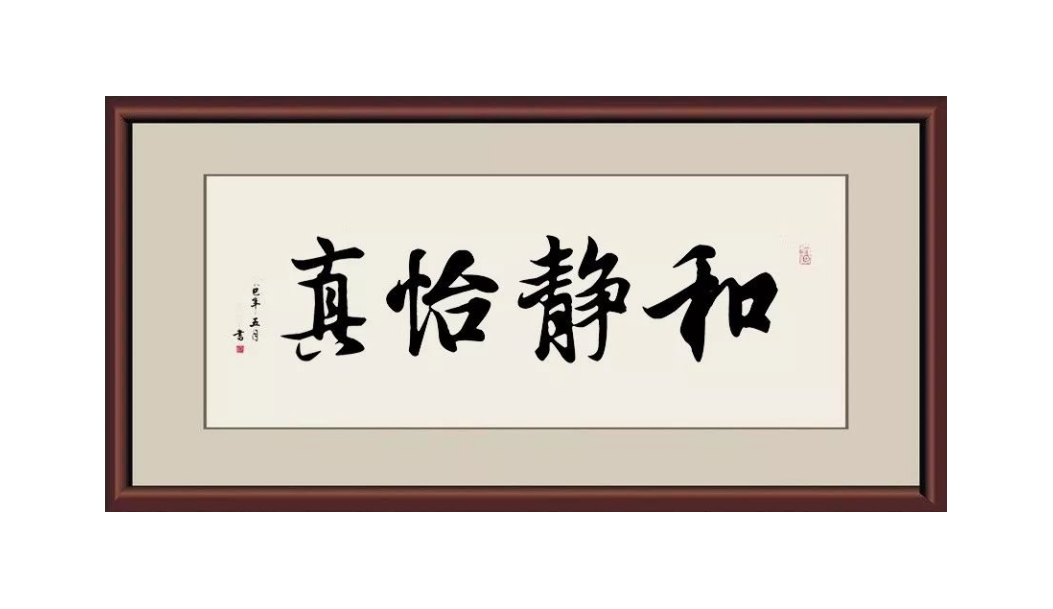





Ancient Chinese Tea Classics-The Classic of Tea(The Tea Scripture)
The Tea Scripture is a monograph on tea created by Lu Yu in the Tang Dynasty, which is the earliest, most complete and most comprehensive monograph on tea in China and even in the world, and is known as the encyclopaedia of tea.

Lu Yu (c. 733? -circa 804), courtesy name Hongjian, was a native of Jingling, Fuzhou (present-day Tianmen, Hubei). In the early years of the first century, Lu Yu lived in the south of the Yangtze River and wrote three volumes of the Tea Scriptures, which became the world's first monograph on tea, and is known as the Sage of Tea.
The Book of Tea is the first academic work on tea in China and in the world. In the book, Lu Yu also designed and manufactured a set of tea utensils dedicated to cooking and drinking tea. The emergence of The Tea Scripture promoted the prevalence of the tea ceremony and influenced every aspect of politics, economics, culture and life thereafter, making it one of the world's top three tea books.

Description:The book totals three volumes, divided into ten categories: one of the source, two of the equipment, three of the manufacturing, four of the equipment, five of the cooking, six of the drinking, seven of the things, eight of the out of the nine of the strategy, ten of the map. One of the source, mainly introduces the main tea-producing areas in China and the soil, climate and other growing environment and the properties and functions of tea. Two of the tools, introducing the production and processing of tea tools. Three of the manufacture, about the process of tea production. Four of the apparatus, the introduction of tea, tea drinking utensils. Five of the cooking, about the process of cooking tea, technology. Sixth drink, tea drinking methods and tea appreciation. Seven things, the history of tea drinking in China. Eight of the out, remembering the tea-producing resorts at that time, recorded more than forty states of the country's tea production, and assessed its high and low rankings. Nine of the strategy, what kind of tea-drinking equipment should be very complete, what kind of situation should be omitted. Ten of the map, it is advocated that the above content with a picture drawn into a painting, hung on the walls next to the shop, so that the tea people on the origin of tea, tea tools, tea production, tea production, cooking and drinking utensils, cooking tea methods, tea drinking, tea through the ages.

Chinese Influence
The Tea Scripture played a great role in promoting the development of the tea industry in the Tang Dynasty and later generations. As a pioneering work on tea, later generations of literati "mostly used the Tea Scripture as a scripture" to write books and make speeches.
Lu Yu's "Tea Classic" is a pioneering book, "Tea Classic" thus became China's first systematic summary of the Tang Dynasty and the Tang Dynasty before the comprehensive work on tea, and is the earliest, most complete and most complete.
International Impact
As of April 2021, translations of The Classic of Tea are available in Italian, Czech, Hungarian, Ukrainian, Japanese, Korean and Vietnamese, in addition to English and French. According to relevant news reports, The Tea Sutra should also have translations into Russian, German, Spanish, Arabic, Portuguese, etc. The cumulative number of translations should be at least 13. Many foreign readers use tea or the Tea Sutra as an entry point to gradually learn about Chinese culture and history.
Book of tea The Glassic on Tea(Chinese-English parallel texts)

